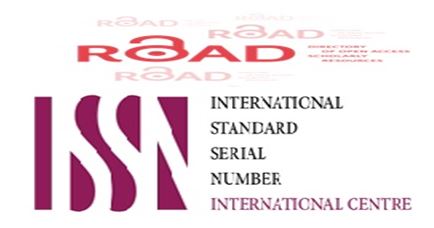Accuracy of ultrasound versus computed tomography in diagnosis of maxillary sinusitis
DOI:
https://doi.org/10.32007/jfacmedbagdad.561422Keywords:
ultrasound, computed tomography, maxillary sinus.Abstract
Background: ultrasound offers non-invasive, rapid and simple method for confirming the clinical diagnosis of maxillary sinus pathologies.
Objective: to evaluate the accuracy of real time ultrasound compared with the computed tomography in evaluation of maxillary sinusitis.
Patients and materials: This comparative cross-sectional study was done on 42 patients referred for computed tomography examination of paranasal sinuses in Al-Yarmook Teaching Hospital-Baghdad, from October 2012 to February 2013 with patients clinically suggesting an underlying maxillary sinusitis. Ultrasound and computed tomography examinations were carried out on the same day, the ultrasound being the first investigation. The sample of this study consisted of 26 men and 16 women. The age of patients ranged between 20-60 years, mean age equal to 38 years. Our patients were randomly selected.
Results: The results are based on the data analysis of total forty two [84 sinuses] patients with symptoms and/or signs of maxillary sinus diseases. In this study, real time B-mode ultrasonography of maxillary compared with computed tomography had a 81.8% sensitivity, 100 % specificity and 90.4% accuracy. The present study showed that total opacity of the maxillary sinus on computed tomography frequently gave a positive full sinus scan [77.7%] while the rest shows partial sinus scan [22.3%]. All patients with positive full sinus scan on ultrasound of maxillary sinuses have total opacity on computed tomography. Conclusion: Ultrasound can help as one of primary investigations of maxillary sinusitis. A positive full sinus scan appeared specific for total opacity of the maxillary sinus on computed tomography. A postural adjustment of the patient slightly bent foreword reduces the false negative results.
Downloads
Downloads
Published
Issue
Section
License
For all articles published in Journal of the Faculty of Medicine Baghdad, copyright is retained by the authors. Articles are licensed under an open access Creative Commons CC BY NC 4.0 license, meaning that anyone may download and read the paper for free. In addition, the article may be reused and quoted provided that the original published version is cited. These conditions allow for maximum use and exposure of the work, while ensuring that the authors receive proper rights.



















 Creative Commons Attribution 4.0 International license..
Creative Commons Attribution 4.0 International license..


